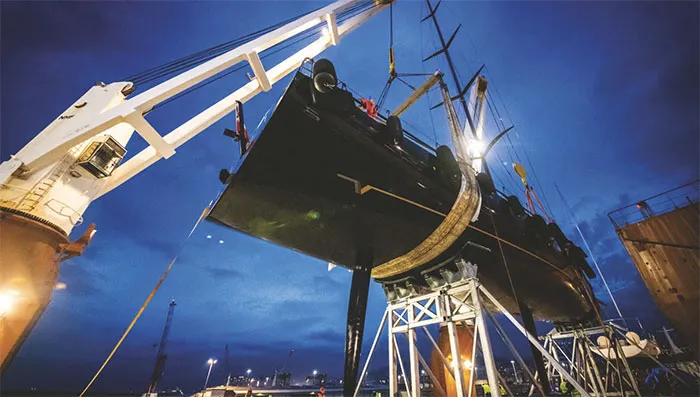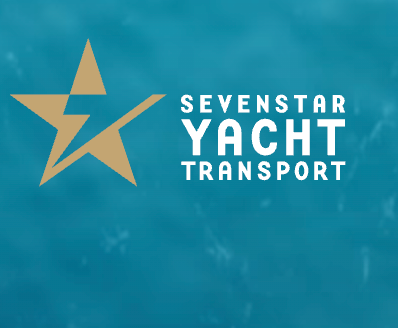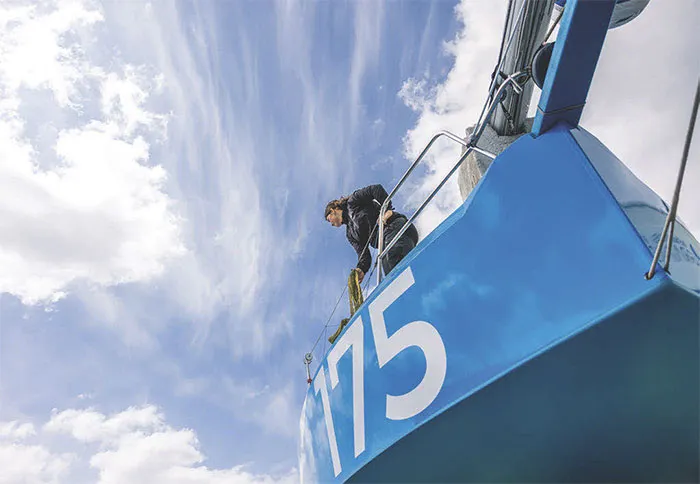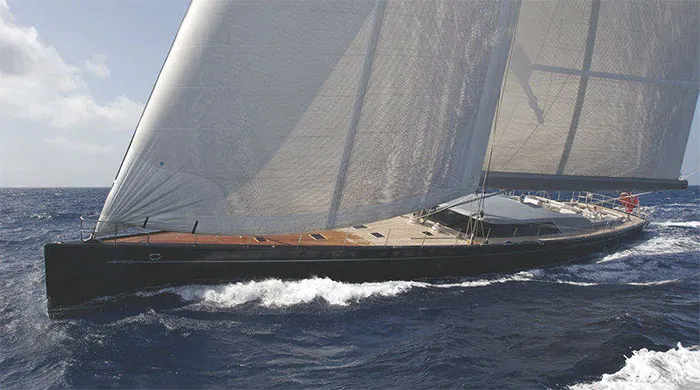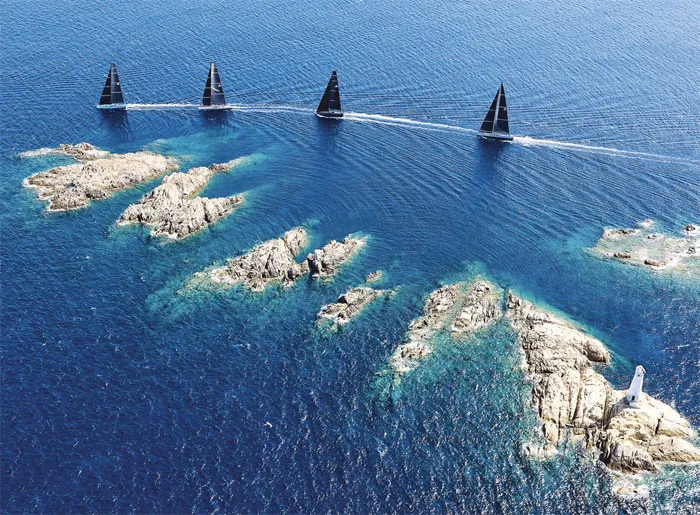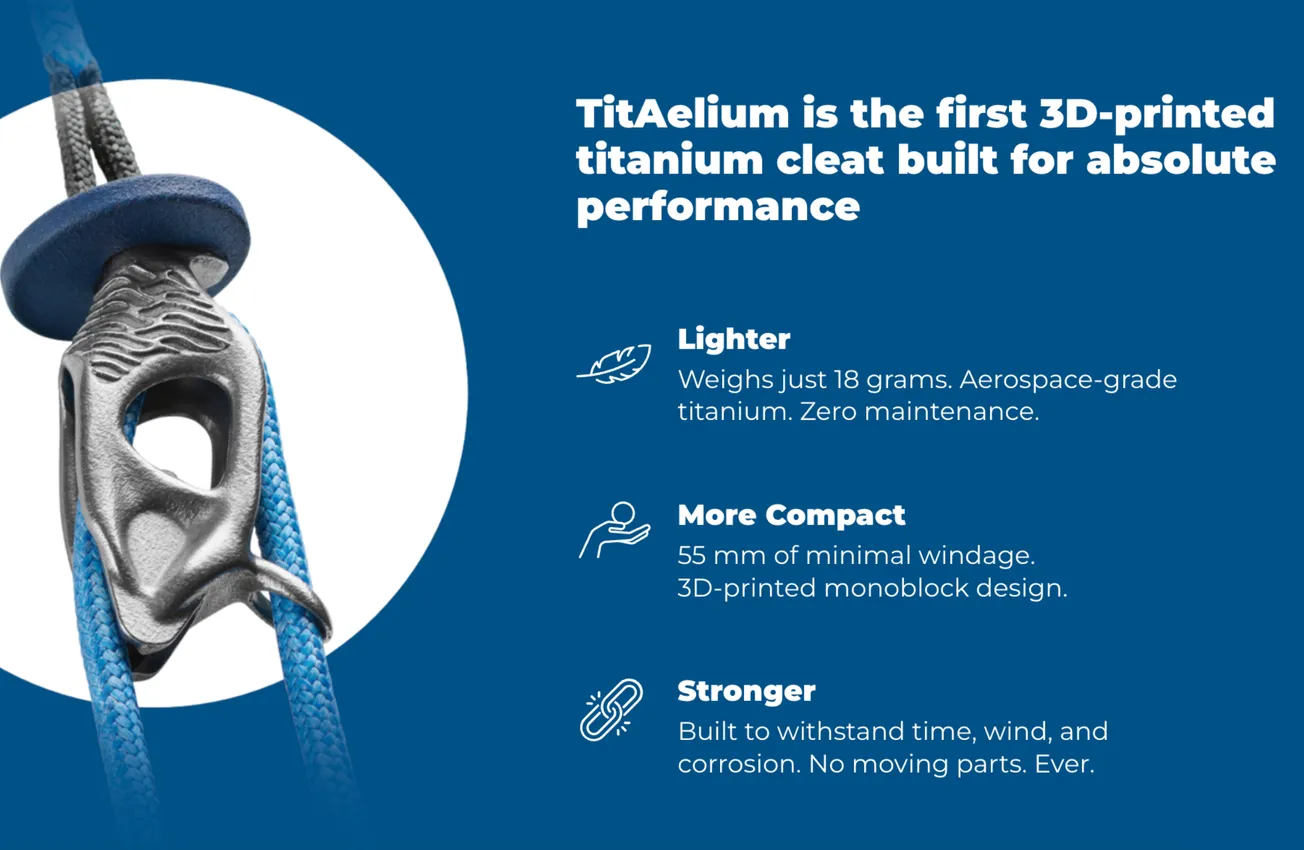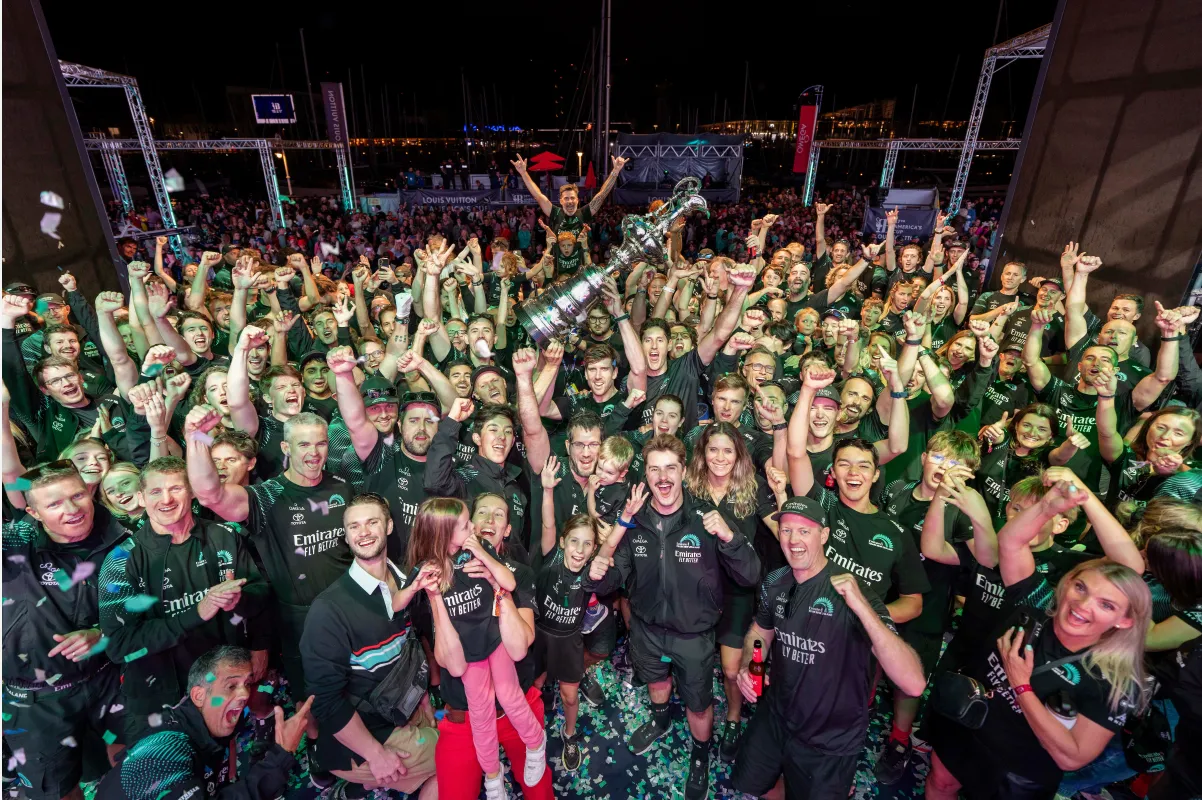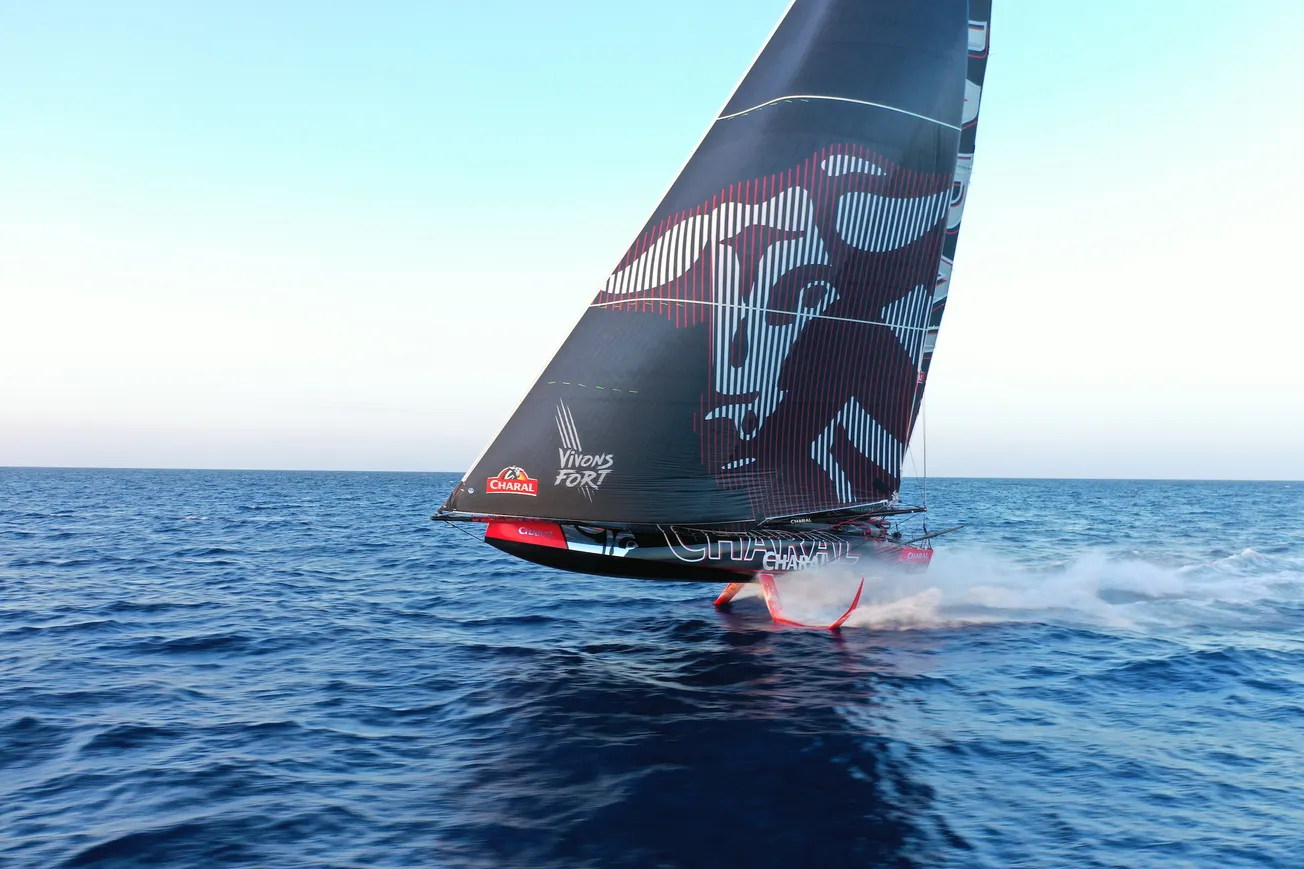When the owners of those three boats decided to take on a Caribbean season, the challenge of shipping them over was handed to Sander Speet, race yacht specialist at Sevenstar Yacht Transport. Speet was appointed for his unique understanding of both sides of shipping operations. ‘Before I worked for Sevenstar I was a fulltime pro sailor. Now 80 per cent of the time it’s Sevenstar, 20 per cent of the time I get to do some racing. It’s a beneficial combination, the clients that I have as a pro sailor are the clients that I can help with Sevenstar and vice versa.’
‘I’ve also been a Sevenstar client three times to load and discharge a TP52, way before I worked here,’ he continues. ‘I have a pretty good understanding of what it feels like when you show up in a commercial port and your precious race yacht is sitting on this big ocean-going vessel, and you’re watching how it’s handled by the crew.’
Despite his familiarity with transporting precious cargo, this job offered fresh challenges. ‘To transport three of these yachts as one package, that’s a novelty for us,’ says Speet. ‘They’re all committed to the same racing schedule.
Claudio Novi, project manager for Bullitt, outlines the schedule. ‘The plan is to do the Nelson’s Cup Series in Antigua on 13 February, then the Caribbean 600. Two of the three go to St Bart’s for the Bucket, then all three go to the BVI for an event at the end of March.’
The BVI event is the inaugural North Sound Regatta, as Jack Bouttell, captain of V, outlines: ‘It’s a regatta that the V team has created. This is the first event and the idea is that it becomes a regular feature in the Caribbean calendar. There’s a small number of boats this year because it wasn’t publicised, it’s by invitation or word of mouth. We finish the North Sound Regatta at the end of March, the first week of April we’re loading onto the ship to come back to Europe and two weeks after we get back we have another regatta in Italy so it’s all very tight.’
Sevenstar is the world’s leading provider of yacht transportation services on a lift-on, lift-off basis. We arrange the transport of around 2,000 yachts annually and are expanding in the growing economies of Asia, South America and Africa.
‘Our first priority was the timings,’ Novi explains. ‘The schedule of these boats is always busy. They finish an event, then they go to the shipyard for modifications, maintenance, upgrades. Everything needs to happen on time or the delays start to snowball. We wanted to be sure we arrived with enough time to prepare the boat.’
‘I’ve known Sevenstar for a long time and I chose them’, he adds. ‘The advantage is that Sevenstar owns the ships so they know exactly what they’re doing. In August they gave us a window of 27 December to 10 January and we loaded on 6 January. It never changed. Other suppliers charter ships so sometimes you’re given a window and six months later there’s a one-month delay. If the window keeps changing, we’re in trouble.’
‘The conversations started in July,’ Speet recalls, ‘then I sat down with the captains and owners’ representatives in September during the Maxi Worlds in Porto Cervo. We asked them to provide up-to-date technical drawings of the yachts so we can put everything in AutoCAD for our lift plan and stow plan.’
There was an added challenge: shipping with masts up. ‘Logistically if we had to ship with the mast down it would have been a major mission at the other end,’ says Bouttell. ‘V’s mast is 48m so to deal with something that long is very difficult. You’d have to build a box, strip the mast and it’s a three-to-four-day process to get it from stripped to ready to step. You need a good weather window, you need the right crane – it would have added a lot of time to the schedule and the whole reason for shipping is to gain time.’
This meant that the yachts’ cradles needed modifying or replacing, as Speet explains. ‘The cradles are roughly 5.5m tall, the yacht on top of that and the mast sticking up another 44m so it’s quite a tall package overall. That’s why two boats needed new cradles because the taller the package, the more loads and forces it will endure during the transport. Add in some headwinds and seaway, it all adds up pretty quickly.’
‘The cradle has to be certified,’ adds Novi. ‘Sevenstar gives you some details of the forces and strength the cradle has to endure. So the engineer who designed the cradle went through those specifications and he drew the modifications needed to reinforce it. Then a fabricator in Italy made the reinforcements and we got the approval.’
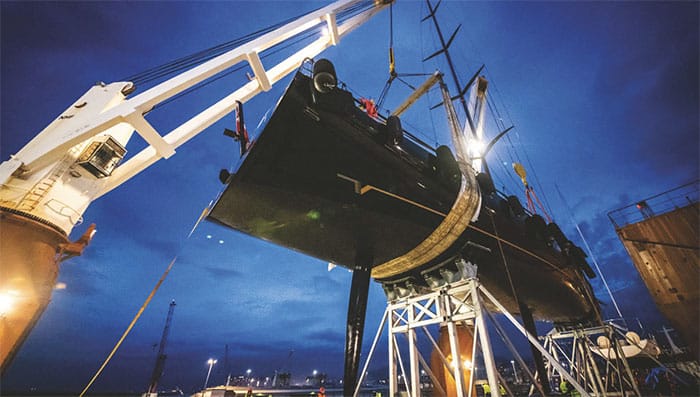
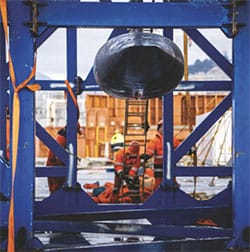
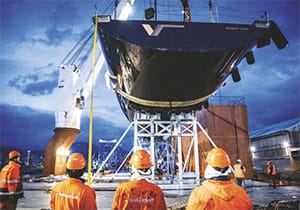
Left: The larger the yacht, the more complex the task of shipping it safely across an ocean as deck cargo – especially when the mast can’t be unstepped for the voyage. | Centre and Right: As part of the Spliethoff Group, Sevenstar has access to over 140 company-owned vessels, ensuring full control over yacht transport with in-house experts and industry leading safety standards.
The only aspect Sevenstar can’t take on for the client is the customs documentation, for which it recommends known agencies. ‘We used their local agent in Genoa,’ says Novi. ‘He gave us a list of documents that we needed so again there was a lot of help and support as there is a lot to cover. We have to have the approval of the owner, the leasing, the bank, then the VAT declaration. The boat has two containers, one for the sails, one for the machine shop, so you have to provide a list of all the items inside the containers so when you come back you can show that you don’t have more stuff than you went out with.’
As the loading window approaches, the boats need to be prepared. ‘We removed as much deck hardware as we could,’ says Bouttell, ‘wrapped winches, took out all the halyards bar one, lashed down everything inside the boat, did some extra waterproofing around the mast, forestay and backstays. We planned how to lash the boat to the cradle with some ratchet straps and made some protection plates where the straps go over the gunwale so there wasn’t any chafe or pinpoint loading.’
Loading presented the ship’s loadmaster with a further challenge. ‘These yachts have a lot of mast rake so if you use one crane, you could damage the mast,’ explains Speet. ‘So we used two cranes, one for the stern, one for the bow. Due to the deep draught of these yachts we had to lift them super high to get over, then into, the cradle.’
‘It’s stressful lifting a €15-20m yacht into the air with two different cranes,’ Bouttell recalls. ‘Sevenstar was very accommodating of my concerns. They proposed a lift plan they felt would work well, there was a bit of back and forth until we were both happy and I got that checked by our structural engineer. The lift itself went really well and there were no issues at all.’
‘This was quite a technical lift plan but we only use ships in our fleet,’ Speet adds, ‘which is around 140 vessels, and some of our loadmasters have been with us for over 20 years. Most of the crane crews have been with us at least 10 years and some their entire careers. They do around 40 operations a year so they have a lot of experience.’
‘I was very confident about the support I would get from Sevenstar,’ says Novi. ‘They knew exactly what they were doing. The ship arrived in Genoa in the evening, we started loading the next morning and the ship was off again after 36 hours having loaded two of the racers, four 40ft containers, a couple of tenders, all very efficient. They listened to us. Every requirement we had, they had a positive answer, so I’m happy.’
Speet’s previous life as a professional sailor gives him a unique understanding of the client experience. ‘You understand that timelines, deadlines and pick-up dates are extremely important. You understand all the race team logistics: packing the containers, making sure the inventory list is up to date, because it changes during the season. This gives you a better understanding of the day-to-day workings of a race team. I can be like a checklist for them: “I’m sure you’ve got it all under control but have you considered this? Doublechecked that? Is this updated? Where are you with the customs papers for the cradle?” and so on.’
‘We listen as much as we can,’ Speet adds. ‘We’re transporting their precious cargo. If we say “Stand back and let us do our thing,” that sends out the wrong message – and it’s a missed opportunity because they know their boats a lot better than we do. We have multiple conversations beforehand about how we’re going to deal with things: “We have an idea about how we should lift the boat, do you guys agree? Do you see it differently? What would you recommend?” It’s more like a dialogue than a one-way communication.’
Bouttell appreciates that openness. ‘I went through a bit of a debrief with Sander after the load and he was very receptive to that. It wasn’t “This is how we do it, deal with it”, he appreciated the feedback, agreed with the points I made. It’s always nice to be able to discuss constructive feedback without it being a negative point.’
‘When everything works out, that’s very rewarding for me,’ Speet concludes. ‘Most of these clients have been around for a long time so they know what they’re talking about. If they give me positive feedback, that means I’ve done a good job.’


